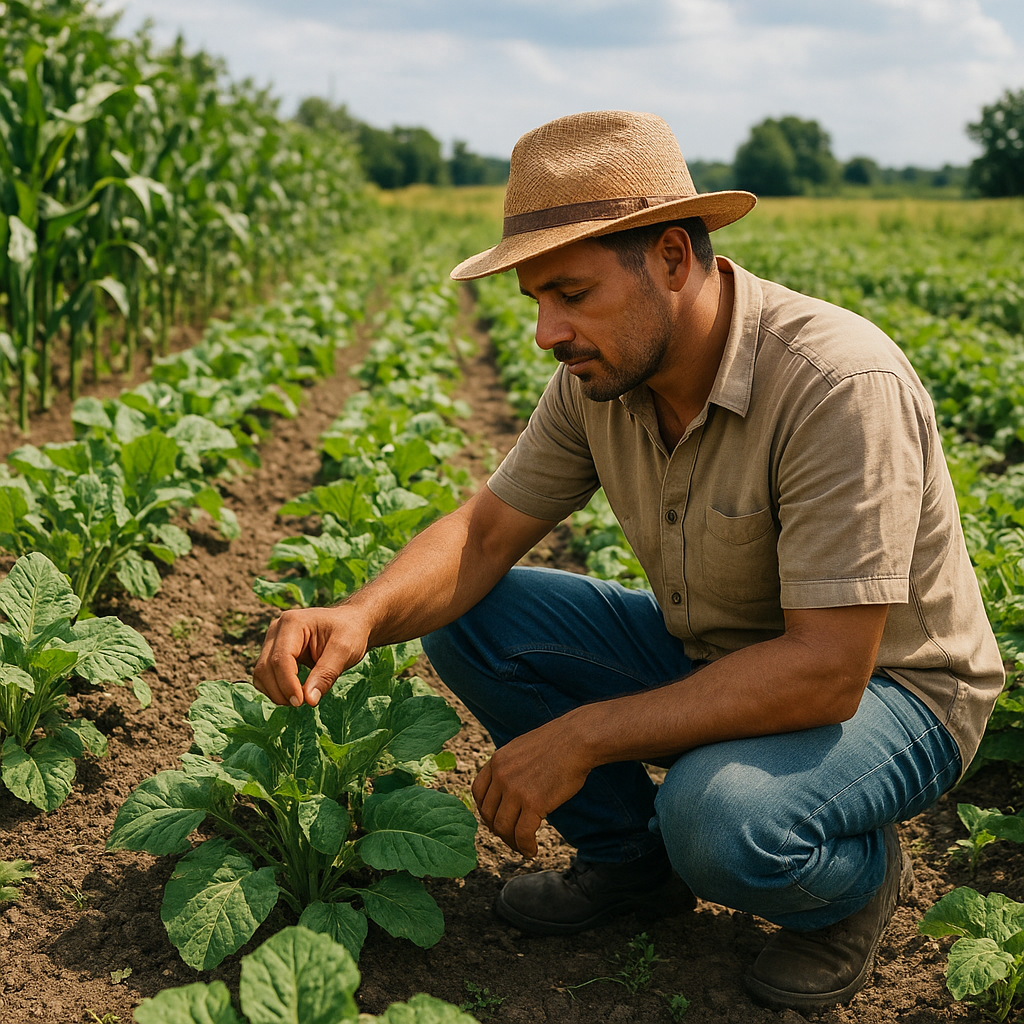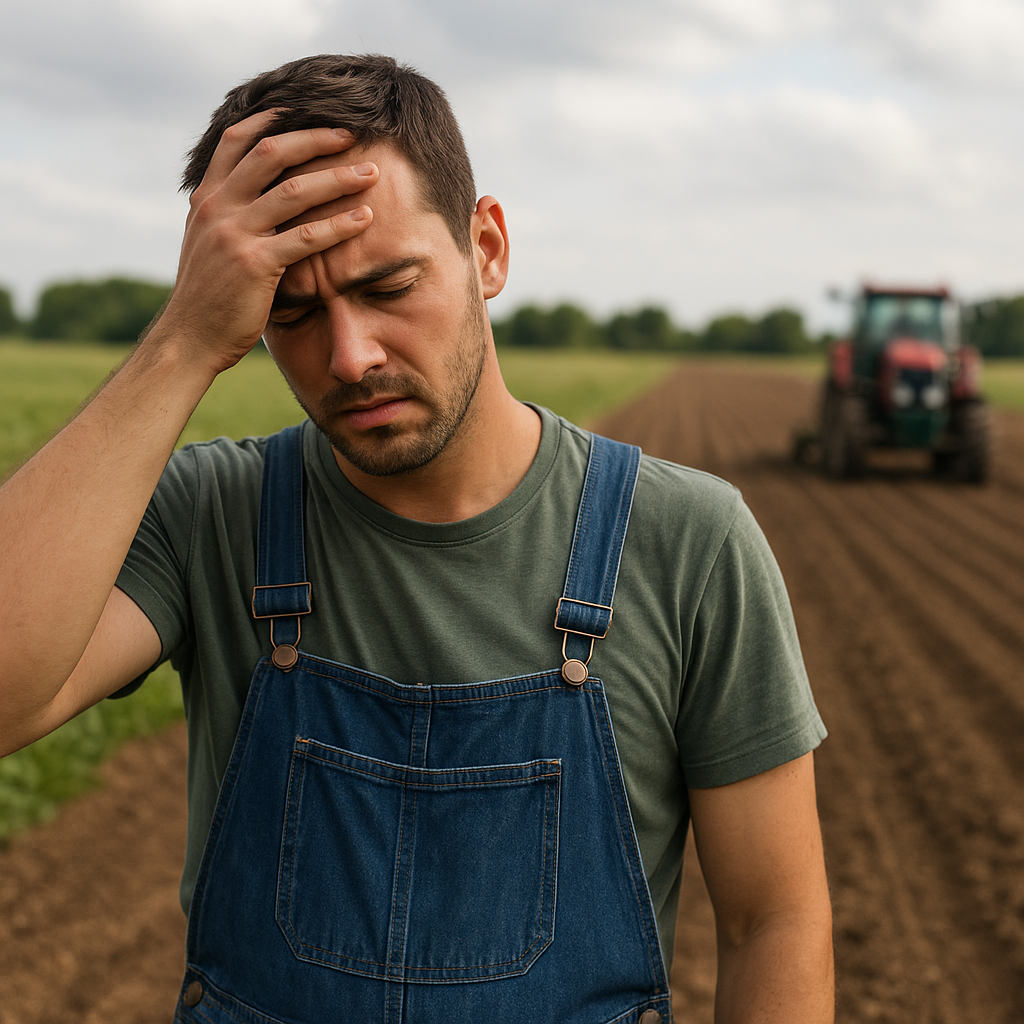
Improving soil structure with organic matter is a fundamental practice in sustainable agriculture, offering numerous benefits for crop production and environmental health. By enhancing the physical properties of soil, organic matter contributes to better water retention, increased nutrient availability, and improved root growth. This article explores various strategies for incorporating organic matter into soil, providing practical tips for farmers and gardeners alike.
Understanding Soil Structure and Its Importance
Soil structure refers to the arrangement of soil particles into aggregates, which are clusters of soil particles that bind together more strongly than to adjacent particles. This structure is crucial for several reasons. Firstly, it affects the soil’s ability to retain water and air, both of which are essential for plant growth. Well-structured soil allows for adequate water infiltration and drainage, reducing the risk of erosion and waterlogging. Secondly, good soil structure facilitates root penetration, enabling plants to access nutrients and water more efficiently.
Organic matter plays a pivotal role in improving soil structure. It acts as a binding agent, helping to form and stabilize soil aggregates. Additionally, organic matter increases the soil’s capacity to hold water and nutrients, making them more available to plants. By enhancing soil structure, organic matter also supports a healthy soil ecosystem, promoting the activity of beneficial microorganisms that contribute to nutrient cycling and disease suppression.
Incorporating Organic Matter into Soil
There are several methods for adding organic matter to soil, each with its own set of benefits and considerations. The choice of method depends on factors such as the type of soil, the crops being grown, and the resources available. Below are some common strategies for incorporating organic matter into soil.
Composting
Composting is a popular method for recycling organic waste into a nutrient-rich soil amendment. By decomposing organic materials such as kitchen scraps, yard waste, and manure, composting produces a stable product that can be mixed into the soil to improve its structure. To create high-quality compost, it’s important to maintain a balance of carbon-rich (browns) and nitrogen-rich (greens) materials, as well as adequate moisture and aeration.
When applying compost to soil, it’s best to incorporate it into the top few inches of soil, where it can improve soil structure and provide nutrients to plant roots. Compost can be applied at any time of year, but it’s often most effective when added before planting or during the growing season as a side dressing.
Cover Cropping
Cover cropping involves growing specific plants, known as cover crops, to improve soil health. These crops are typically grown during the off-season or between main crops and are not harvested for sale. Instead, they are used to add organic matter to the soil, suppress weeds, and prevent erosion.
Common cover crops include legumes, such as clover and vetch, which fix nitrogen in the soil, and grasses, such as rye and oats, which add biomass and improve soil structure. Once the cover crop has grown, it can be mowed and left on the soil surface as mulch or incorporated into the soil as green manure. This practice not only adds organic matter but also enhances soil fertility and biodiversity.
Mulching
Mulching involves covering the soil surface with organic materials, such as straw, wood chips, or leaves. This practice helps to conserve soil moisture, regulate soil temperature, and suppress weed growth. As the mulch breaks down, it adds organic matter to the soil, improving its structure and fertility.
To effectively use mulch, apply a layer several inches thick around plants, ensuring that it does not directly contact plant stems to prevent rot. Over time, the mulch will decompose and can be replenished as needed to maintain its benefits.
Benefits of Improved Soil Structure
Enhancing soil structure with organic matter offers numerous advantages for both agricultural productivity and environmental sustainability. Improved soil structure leads to better water management, reducing the need for irrigation and minimizing the risk of drought stress. It also enhances nutrient availability, allowing plants to grow more vigorously and produce higher yields.
Moreover, healthy soil structure supports a diverse soil ecosystem, promoting the activity of beneficial organisms such as earthworms and mycorrhizal fungi. These organisms play a crucial role in nutrient cycling, organic matter decomposition, and disease suppression, contributing to a more resilient and sustainable agricultural system.
In addition to these benefits, improving soil structure with organic matter can help mitigate climate change by increasing soil carbon sequestration. By storing carbon in the soil, organic matter helps to reduce greenhouse gas emissions and enhance soil resilience to climate-related stresses.
Conclusion
Incorporating organic matter into soil is a key strategy for improving soil structure and promoting sustainable agriculture. By understanding the importance of soil structure and implementing practices such as composting, cover cropping, and mulching, farmers and gardeners can enhance soil health, increase crop productivity, and contribute to environmental sustainability. As we continue to face challenges related to climate change and food security, improving soil structure with organic matter will remain a vital component of resilient agricultural systems.

